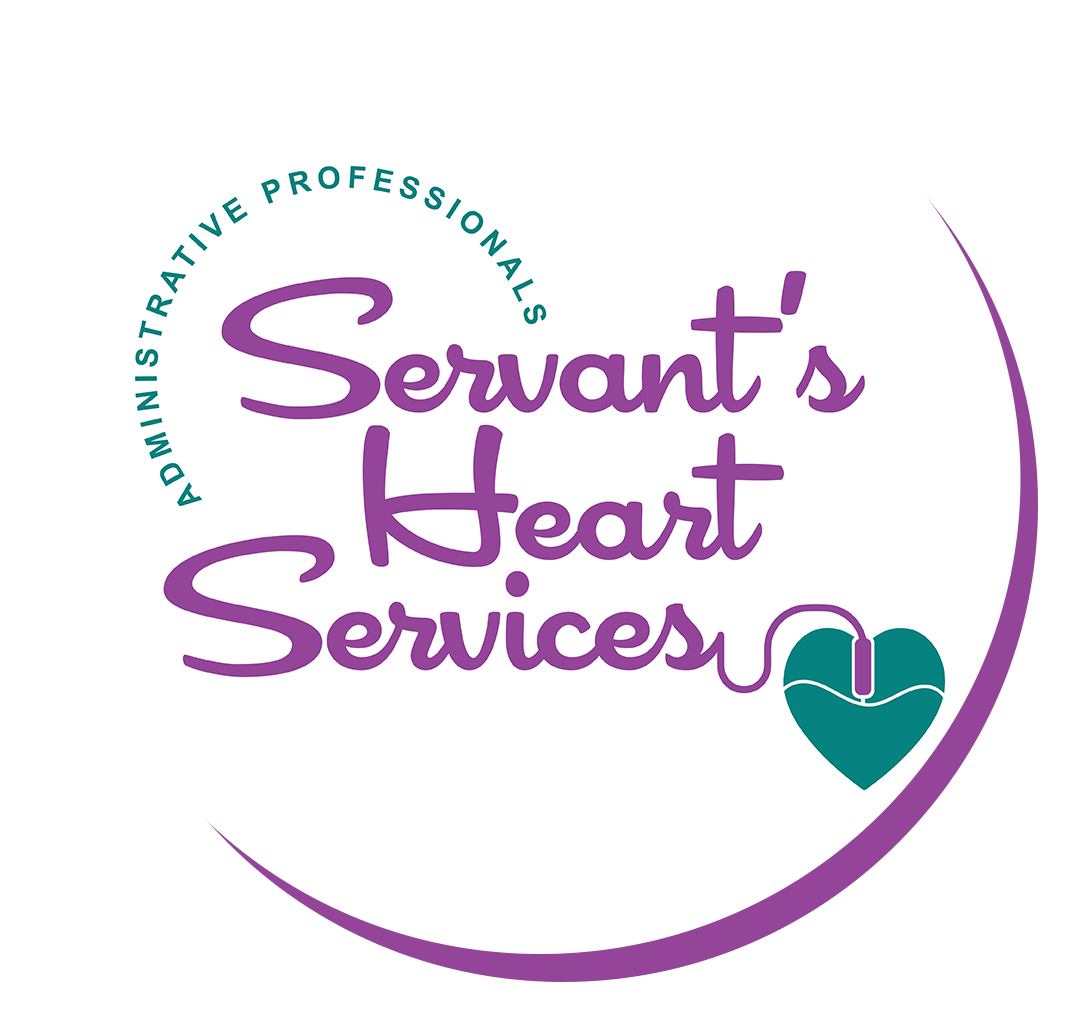It’s 2019 and technology literally runs our lives. We use our phones for alarms, calendars,
If you’re like us then you’re thankful for the tech heads that continue to make this possible year after year. BUT, there are still some things that will never go out of style. Face to Face communication, being able to hug, kiss or play with someone in person, beats FaceTime every time. The sigh of relief that comes after Finally connecting to a real customer service representative over the phone to help you solve your problem is better than the most skilled sounding auto-receptionist. For that reason, we’ve compiled a list of 5 best practices for managing common LIVE events such as weddings, baby showers,
1. Pre-Event Team Meetings ⌚
Avalanches will cover the earth and lava will spew into the sky on the day of your event. It’s just how life works when you’re on a mission. Things will fall apart and plans will have to be altered but preparation can be your buffer to the madness. There’s no way to prepare for every potential disaster but having a few backup plans in your pocket will save you time and cut down stress should you have to implement an abrupt change. If your wedding is outdoors and it begins to rain, what’s your Plan B for the ceremony, guests and bride and groom? If your speaker is late to the conference, what will you do to stall? Meet with your team regularly leading up to the event to discuss alternative plans if you determine something or many things have to be changed during the course of the day. Discuss who will do what, who’ll contact who and next steps for each subsequent scenario.
2. Create Agenda AND Keep it Handy ?
If you’re managing a team, you may want to consider crafting agendas for everyone or at the very least your team lead(s). This agenda is for internal use only. It’s not given to guests or posted anywhere in the venue.
Tip: If you’ll be moving around a lot, keep your agenda stationary so you won’t accidentally misplace it.
3. Personal Prep ?

It goes without saying (but we’re still gonna say it) that you need to be on time for your big day! One way to help alleviate the night before stress on yourself is to complete all your personal preparations at least a day or two before your event. If you need to confirm a babysitter, don’t wait until the morning of the concert to call the neighbor only to find out she’s headed to the airport for vacation. Allot time to manage your personal affairs (laundry, final exams, date night reschedule, etc.) before leading and managing others.
4. Rotate ⏰
When working or facilitating an event, use what we call the 15-Minute Carousel. After years of event planning and organization, we’ve concluded that client needs arise every 15 minutes or so.
Watch and rotate your venue every 15 minutes and connect with stakeholders of your event. We guarantee you that someone will either have a
5. Say Thank You ?

“Thank You” ?? is a powerful yet underestimated statement. You’d be surprised how many people are walking this earth feeling unappreciated. A simple “thank you” could provide some relief to that feeling. Thank your team (regardless if you paid them or not), the clients that hired you and even the event the managers of the venue you used (even if they
Tip: Thank you notes are very inexpensive and can be purchased for as low as $1 from retail stores like Dollar General or Wal-Mart.
These are our best practices for managing events. Whether you’re planning for 50 people or 500, executing these 5 practices will not only help relieve stress as the organizer, but it will also help you run a more organized and
Still planning your event? Grab our FREE Essential Event Venue checklist today. Click here to get your FREE copy sent to your inbox now!
At Your Service,
–SHS

